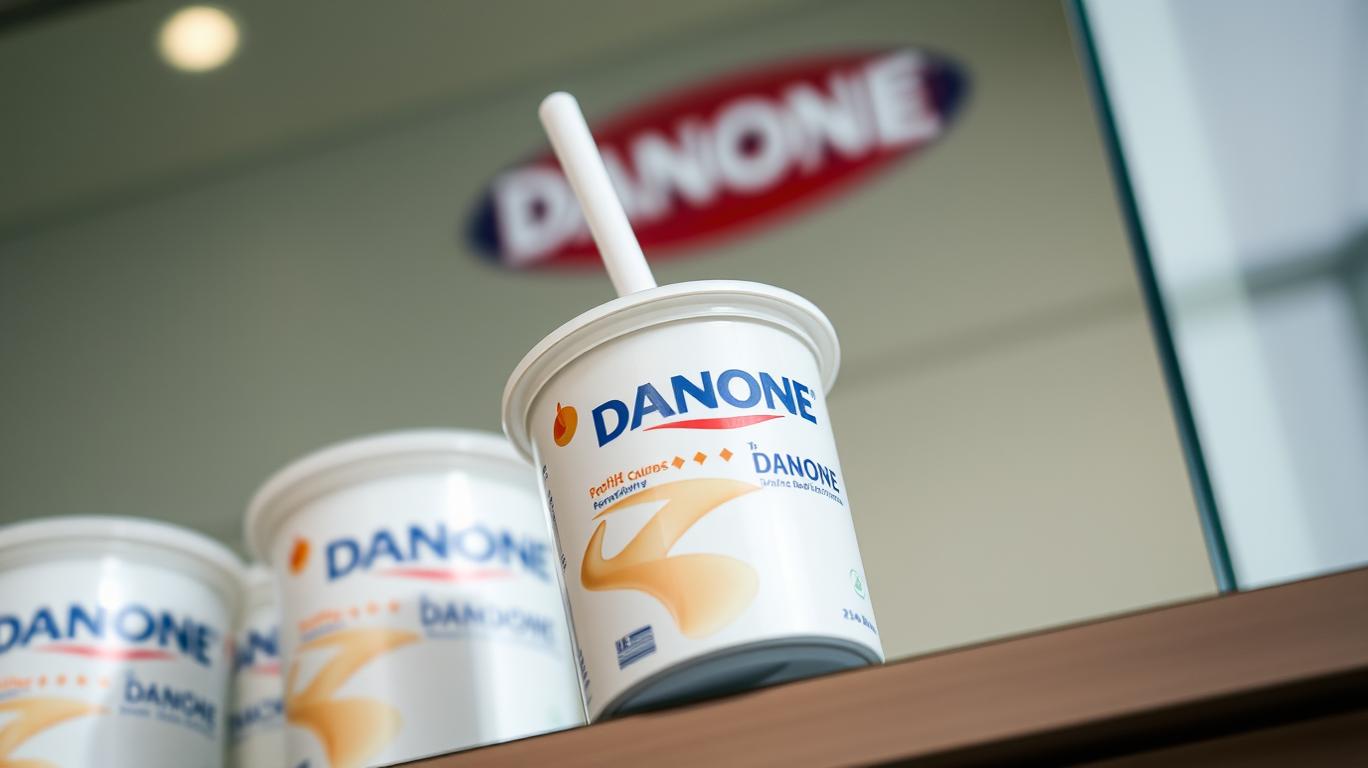Danone's Voting Rights and Shares: A Closer Look
Tuesday, Nov 19, 2024 2:53 pm ET
Danone, a global leader in the food-processing industry, has seen fluctuations in its voting rights and shares over time. Understanding these changes is crucial for investors and stakeholders to make informed decisions. This article delves into the factors contributing to these fluctuations and their impact on Danone's corporate governance and shareholder influence.
As of October 31, 2024, Danone had a total of 679,553,991 shares, with a total number of theoretical voting rights of 699,095,232 and exercisable voting rights of 663,690,530. This discrepancy between theoretical and exercisable voting rights is a result of shares with suspended voting rights. This could be due to shares held by institutions or employees subject to lock-up periods or shares held by entities that have voluntarily suspended their voting rights.

The evolution of Danone's voting rights structure influences its market position and investment attractiveness. A high level of shareholder concentration, with a significant portion of shares having suspended voting rights, may impact decision-making processes and strategic direction. This could potentially affect Danone's market position and investment attractiveness compared to competitors.
Regulatory changes, such as those related to the French Commercial Code and AMF General Regulation, have significantly impacted Danone's voting rights and shares. These changes require Danone to disclose information on the total number of voting rights and shares, enhancing transparency and investor protection. The distinction between theoretical and exercisable voting rights is crucial for investors to make informed decisions.
In conclusion, Danone's voting rights and shares have seen fluctuations over time, influenced by factors such as changes in shareholder structure, regulatory changes, and corporate actions. Understanding these dynamics is essential for investors to assess the company's corporate governance and shareholder influence. As Danone continues to expand globally and diversify its product offerings, monitoring its voting rights and shares will remain an important aspect of evaluating its investment potential.
As of October 31, 2024, Danone had a total of 679,553,991 shares, with a total number of theoretical voting rights of 699,095,232 and exercisable voting rights of 663,690,530. This discrepancy between theoretical and exercisable voting rights is a result of shares with suspended voting rights. This could be due to shares held by institutions or employees subject to lock-up periods or shares held by entities that have voluntarily suspended their voting rights.

The evolution of Danone's voting rights structure influences its market position and investment attractiveness. A high level of shareholder concentration, with a significant portion of shares having suspended voting rights, may impact decision-making processes and strategic direction. This could potentially affect Danone's market position and investment attractiveness compared to competitors.
Regulatory changes, such as those related to the French Commercial Code and AMF General Regulation, have significantly impacted Danone's voting rights and shares. These changes require Danone to disclose information on the total number of voting rights and shares, enhancing transparency and investor protection. The distinction between theoretical and exercisable voting rights is crucial for investors to make informed decisions.
GPCR Trend
In conclusion, Danone's voting rights and shares have seen fluctuations over time, influenced by factors such as changes in shareholder structure, regulatory changes, and corporate actions. Understanding these dynamics is essential for investors to assess the company's corporate governance and shareholder influence. As Danone continues to expand globally and diversify its product offerings, monitoring its voting rights and shares will remain an important aspect of evaluating its investment potential.









